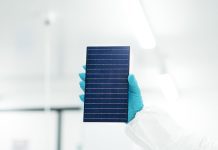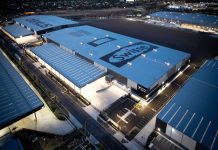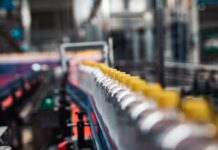
A recent collaboration between the University of South Australia and Flinders University has resulted in the development of a new technique to clean up toxic polyfluorinated alkyl substances (PFAS) from waterways.
PFAS are a class of man-made substances that have been tied to a variety of health issues including liver disease, thyroid disease, and kidney and testicular cancers.
Commonly found in firefighting foam, non-stick cookware, water-repellent fabrics, lubricants and some cosmetics, these chemicals don’t break down naturally, which makes their removal from waterways particularly challenging.
Current filtration techniques utilise powdered activated carbon (PAC) to remove pollutants from water, but the process is hampered by the tendency for PAC to cake and block filters and membranes, making it expensive and complicated.
Moreover, the use of PAC also poses additional safety hazards associated with dust inhalation and flammability.
PhD candidate Nicholas Lundquis from Flinders University said the combined UniSA and Flinders research team have added a sulphur polymer derived from waste cooking oil to the PAC process, drastically reducing caking and improving filtration speed and efficiency.
“Our canola oil polysulfide was found to be highly effective as a support material for powdered activated carbon, enhancing its efficiency and prospects for implementation in PFAS remediation,” Mr Lundquis explained.
UniSA’s Dr Martin Sweetman said the next step for the team is to test the technique on a commercial scale.
“The activated carbon and the polymer in this sorbent blend can, in principle, be made entirely from industrial waste and repurposed biomass, so it is very scalable and sustainable,” Dr Sweetman added.
“Now we need to test it in purifying thousands of litres of water, but we are optimistic about the likely outcomes of such large-scale use.”
This project was funded by a South Australian Defence Innovation Partnership grant, with further support from local industry partner Puratap.
Image credit: www.unisa.edu.au


















